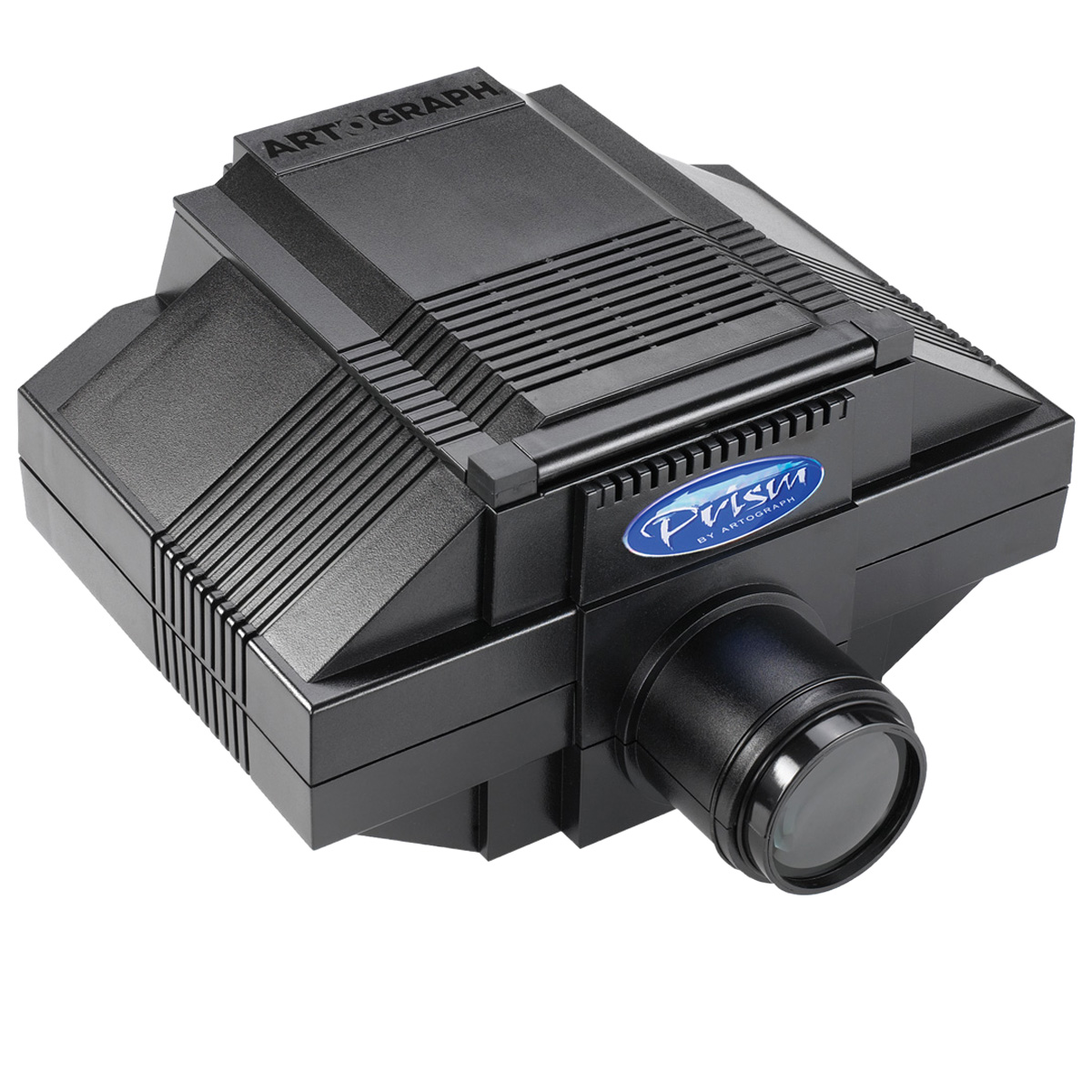

īy the end of August 1819, unaware of the Buffon-Condorcet-Brewster proposal, Fresnel made his first presentation to the commission, recommending what he called lentilles à échelons ('lenses by steps') to replace the reflectors then in use, which reflected only about half of the incident light. However, on 21 June 1819-three months after winning the physics Grand Prix of the Academy of Sciences for his celebrated memoir on diffraction-Fresnel was "temporarily" seconded to the commission on the recommendation of François Arago (a member since 1813), to review possible improvements in lighthouse illumination. As the members of the commission were otherwise occupied, it achieved little in its early years. The French Commission des Phares (Commission of Lighthouses) was established by Napoleon in 1811, and placed under the authority of French physicist Augustin-Jean Fresnel's employer, the Corps of Bridges and Roads. If the cross-section in every vertical plane through the lamp L is the same (cylindrical symmetry), the light is spread evenly around the horizon. The design was later improved by replacing the mirrors with reflective prisms to reduce losses. Publication and refinement Ĭross-section of a first-generation Fresnel lighthouse lens, with sloping mirrors m, n above and below the refractive panel RC (with central segment A). : 609 David Brewster, however, proposed a system similar to Condorcet's in 1811, and by 1820 was advocating its use in British lighthouses. These designs were intended not for lighthouses, but for burning glasses. In 1790 (although secondary sources give the date as 1773 : 609 or 1788 ), the Marquis de Condorcet suggested that it would be easier to make the annular sections separately and assemble them on a frame but even that was impractical at the time.
#Prism art projector series
In 1748, Georges-Louis Leclerc, Comte de Buffon was the first to replacing a convex lens with a series of concentric annular prisms, ground as steps in a single piece of glass, to reduce weight and absorption. But much of the light was wasted by absorption in the glass. Further samples were installed at Howth Baily, North Foreland, and at least four other locations by 1804. Behind each lamp was a back-coated spherical glass mirror, which reflected rear radiation back through the lamp and into the lens. The first Rogers lenses, 53 cm in diameter and 14 cm thick at the center, were installed at the Old Lower Lighthouse at Portland Bill in 1789. The first person to focus a lighthouse beam using a lens was apparently the London glass-cutter Thomas Rogers, who proposed the idea to Trinity House in 1788. It has been called "the invention that saved a million ships". A Fresnel lens can be made much thinner than a comparable conventional lens, in some cases taking the form of a flat sheet. The design allows the construction of lenses of large aperture and short focal length without the mass and volume of material that would be required by a lens of conventional design. The catadioptric form of the lens, entirely invented by Fresnel, has outer elements that use total internal reflection as well as refraction it can capture more oblique light from a light source and add it to the beam of a lighthouse, making the light visible from greater distances. The simpler dioptric (purely refractive) form of the lens was first proposed by Georges-Louis Leclerc, Comte de Buffon, and independently reinvented by the French physicist Augustin-Jean Fresnel (1788–1827) for use in lighthouses.


The assembly stands 2.54 metres tall and weighs about 1.5 tonnes.Ī Fresnel lens ( / ˈ f r eɪ n ɛ l, - n əl/ FRAY-nel, -nəl / ˈ f r ɛ n ɛ l, - əl/ FREN-el, -əl or / f r eɪ ˈ n ɛ l/ fray- NEL ) is a type of composite compact lens which reduces the amount of material required compared to a conventional lens by dividing the lens into a set of concentric annular sections. In this case the dioptric prisms (inside the bronze rings) and catadioptric prisms (outside) are arranged to concentrate the light from the central lamp into four revolving beams, seen by sailors as four flashes per revolution. First-order rotating catadioptric Fresnel lens, dated 1870, displayed at the Musée national de la Marine, Paris.


 0 kommentar(er)
0 kommentar(er)
